I like to grow my onions from seed, which seems to be uncommon here in the UK, where most people will use sets. Unlike using onion sets, which are small, dormant bulbs, starting onions from seeds opens up a wider variety of options since there are more seed varieties available than sets.
This variety lets me experiment with different flavours and sizes, tailoring my vegetable patch to my culinary preferences and kitchen needs.
Growing from seed is also much more cost-effective, as seeds are substantially cheaper than sets, and each packet contains many seeds, which means I can grow a plentiful supply of onions for a fraction of the price.
Then comes the big reason for me: onions grown from seed are much less likely to bolt than those grown from sets. I will get into this in more detail later on.

Benefits of Growing Onions from Seed
More Variety
This one is simple enough: if you grow from seed, there are many, many more varieties of onion that you can grow and experiment with when compared to sets.
Just take a look at all the different varieties available at my favourite seed store, Premier Seeds Direct.
Cheaper
Another one that is self-explanatory, seeds will always be cheaper than sets. Whereas a set has to be grown, harvested, and cold stored, seeds simply have to be harvested and packed.
You can get hundreds of seeds in a pack for just over a quid. And onion seeds are good germinators, too, so a lot of them will end up as viable plants.
Less Likely To Bolt
This one does require a little more explanation, but once you understand the life cycle of an onion, it becomes clear.
Onions are biennials, meaning they have a life cycle of two years. They will grow and bulb in the first year before flowering and setting seed in the second year.
As we grow onions for the bulb, we only treat them as annuals, so they should never flower (unless this is intentional for seed harvesting).
But they do flower; when this happens early, this is known as bolting, and it ruins the crop. This usually happens when the plant is stressed - often because of a hot, dry spring.
This is much more likely to happen with onion sets as the plant has already been grown, then halted and stored before being planted again. This can lead to confusion where the plant is more likely to act like it is already in its second year of growth.
Cold storage is one-way growers of onion sets combat this, but it is never as effective as just simply growing them from seed. If bolting is a problem for you, I highly recommend you try growing from seed!
How To Sow Onion Seeds
You can sow onion seeds very early in the season, with some people sowing them as early as December. I often start mine from January onwards.
Simply sow the seeds in a module tray, you can sow anywhere from 1 - 10 seeds per module, they really aren't too fussy.

If sowing early in the year then you may need to sow indoors or provide extra protection such as a propagator or fleece.
Once your seeds are established you can plant them out into the garden. You can leave them as a cluster and plant them out all together or separate and plant them singularly.
If you plant in a clump you will get smaller onions but more in total. You can also adopt a hybrid method where you plant them as a clump but harvest some of the onions young as spring onions, before allowing the others to grow on into larger bulbs.
Onions grown from seed take a long time to reach full maturity; that's why they make such a good candidate for early sowing.
But if you want to sow them early in the year, what do you do? Here's how I sow my onion seeds early in the year!
To begin, these are sown indoors with the aid of a grow light.
You can sow in a greenhouse and get okay results, but you will get much better germination indoors, especially in January.
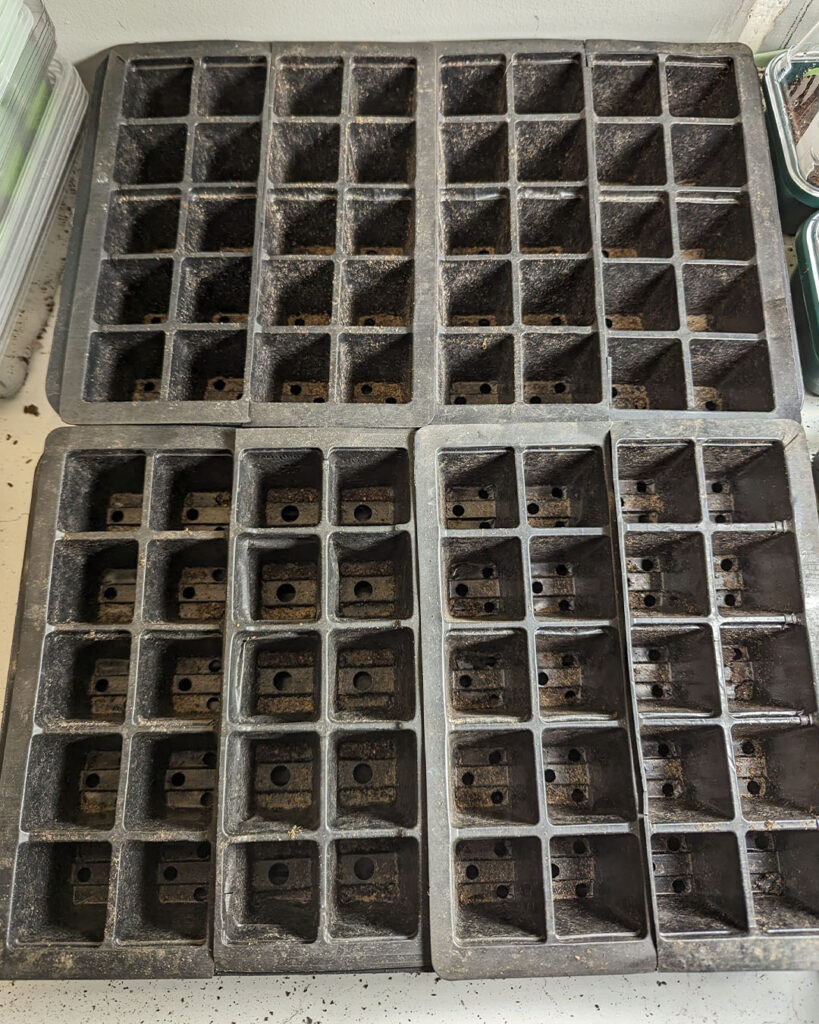
These are the module trays I will be using for my onions.
Module sowing is great because it gives you a lot of different options, and you can sow a whole lot of onions at once.
You can take the whole module and plant it out in the garden and grow it as one big clump of onions, the Charles Dowding method. Or you can split the onions up and plant them individually.
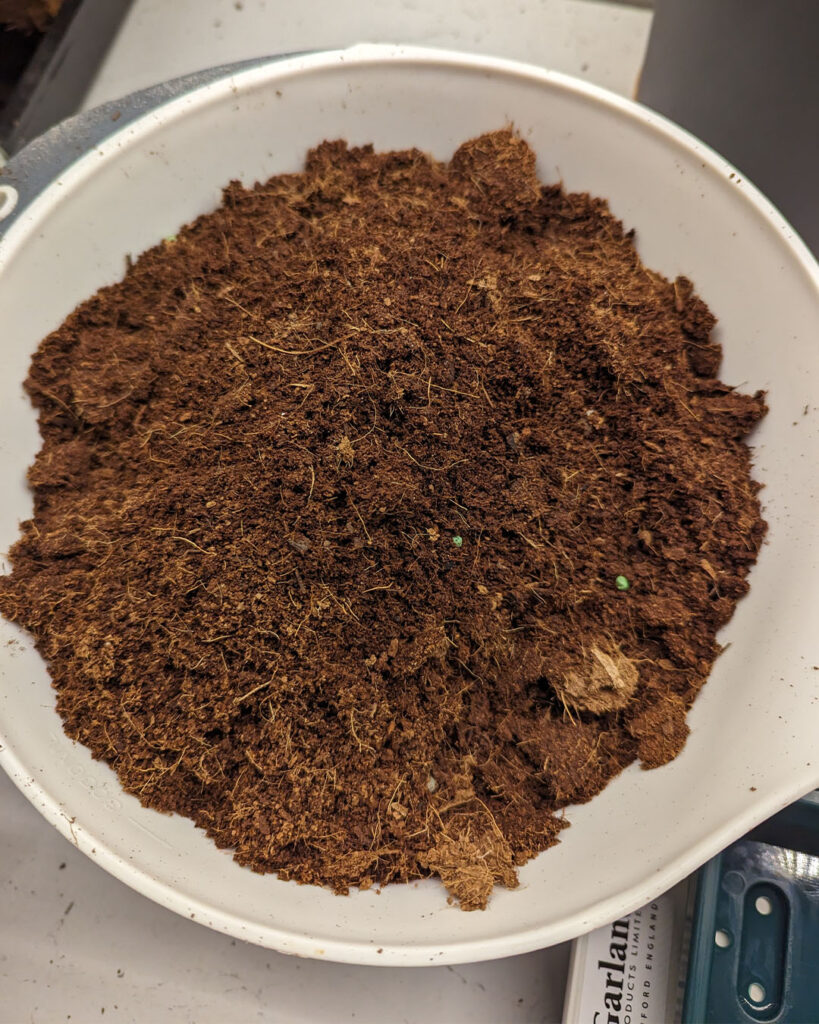
I use coir compost for all of my indoor sowing. There are a couple of reasons for this: one, it is very easy to store indoors in its dried-out brick form, and two, it is sterile, so you don't need to worry about fungus gnats!
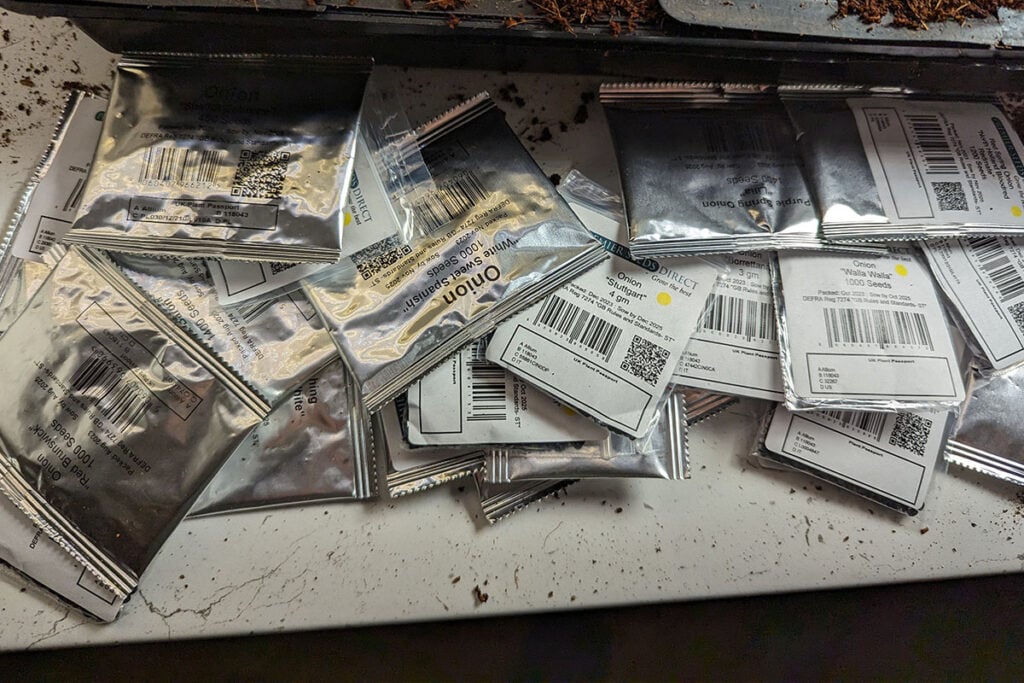
Just a few different varieties of onions to sow this year!
This is why I love growing onions from seed; there are so many different varieties to try, and they are incredibly cheap to boot.
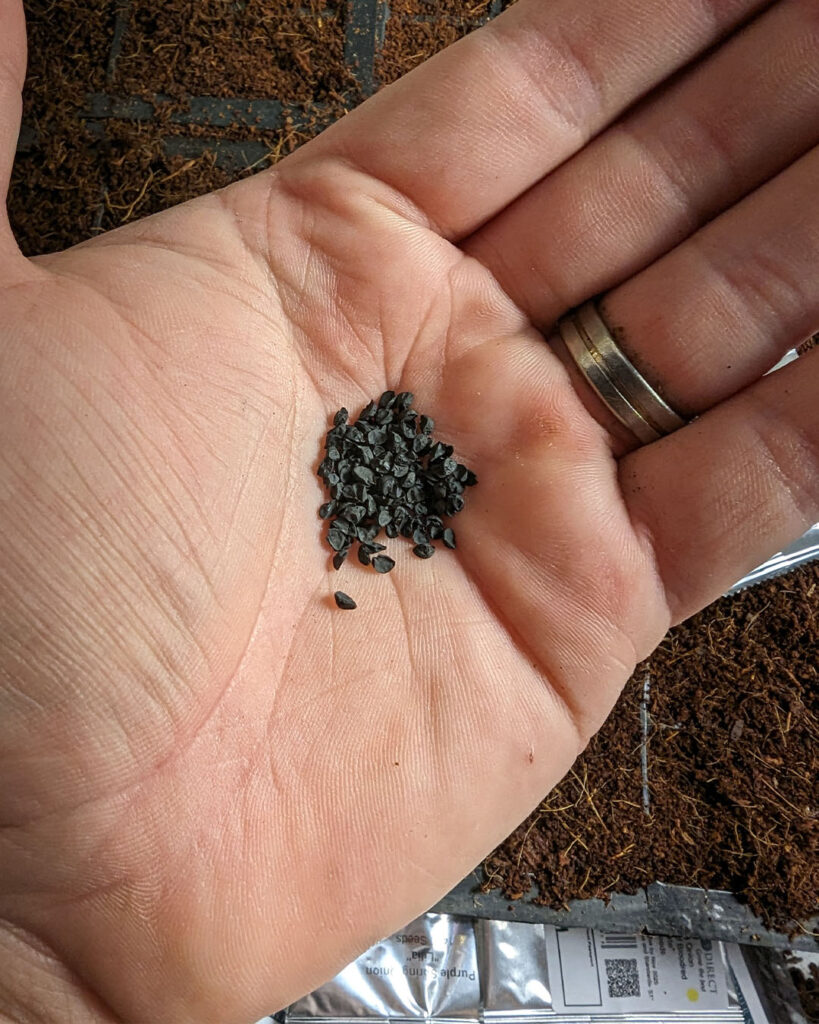
Onion seeds are very small, so they are quite hard to handle.
I just take a few between my fingers and scatter them into a module. I am for 5-8 seeds per module.
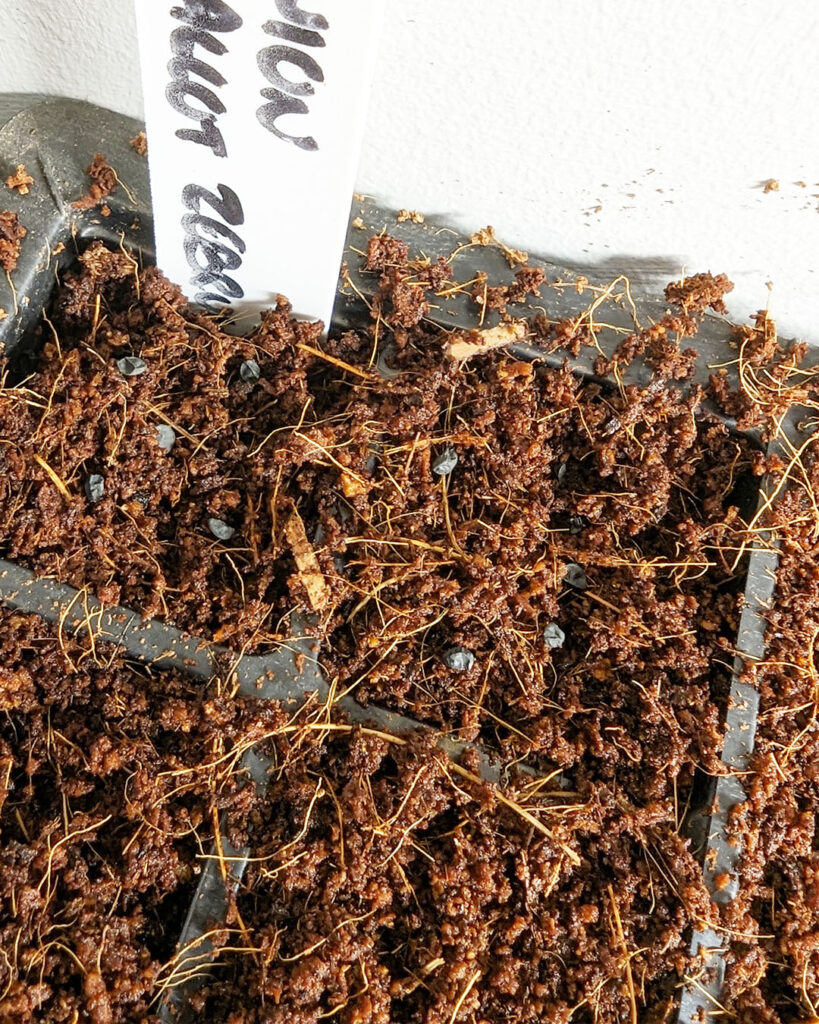
I just sow them on the surface before coming back and giving them a gentle nudge under the compost.
I will then add a fine sprinkling of compost on top, just enough to cover the seeds.
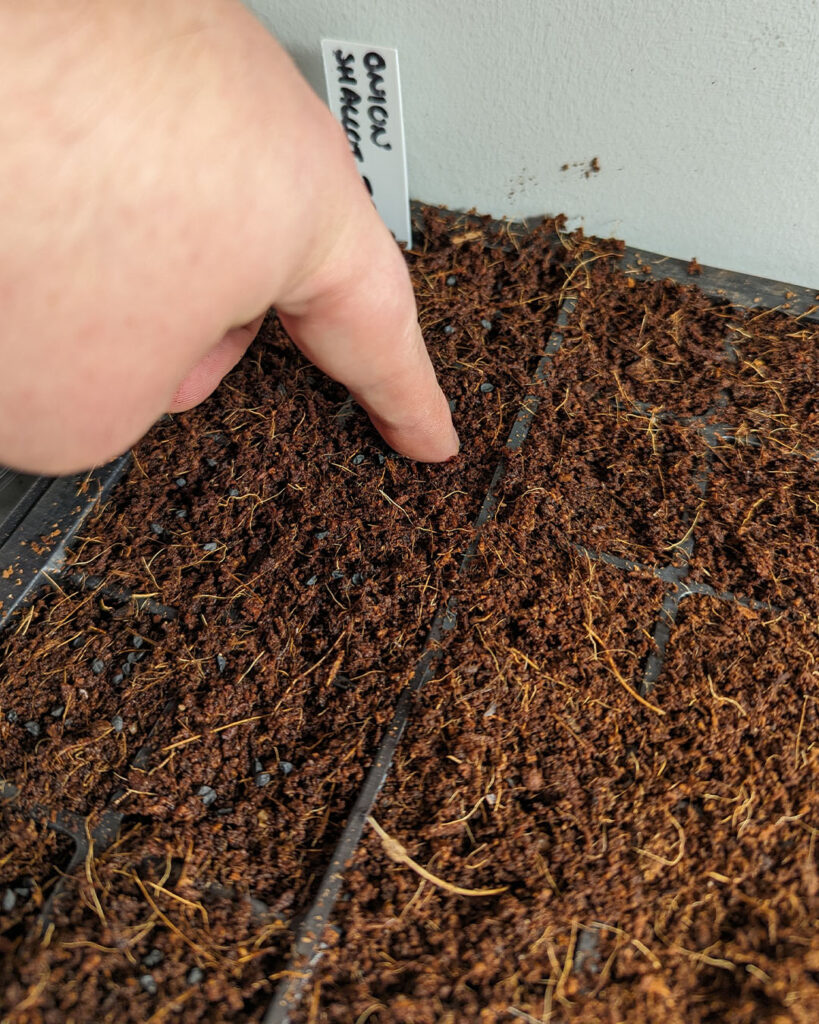
Germination indoors is fairly rapid; below are my seeds after around a week.
Different varieties germinate at different speeds. Notice the ones on the right have only just started to germinate but were sown at the same time.
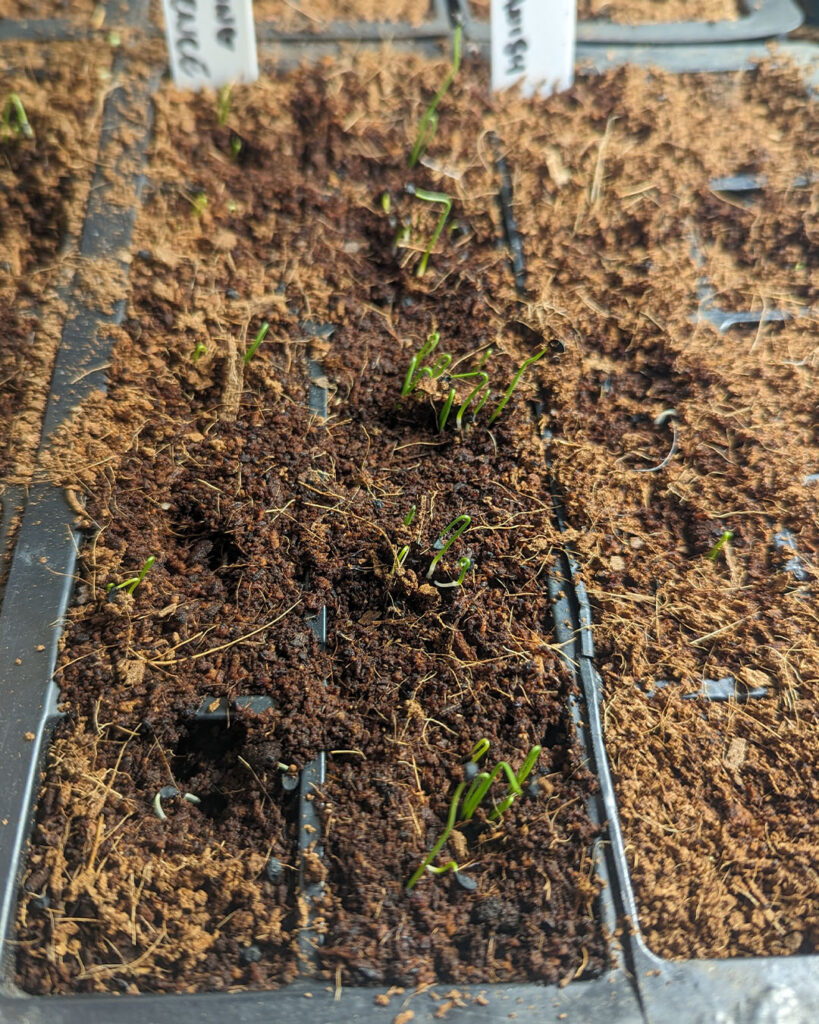
If you notice your seedlings leaning like the ones below, then they aren't getting enough light.
Mine are below a grow light but they are clearly too far away from it, they are lenaing towards the more powerful grow light that is above my chillis next to these onions.
This is an easy fix I just need to either bring the light closer or stack something under my onions to push them closer to it!
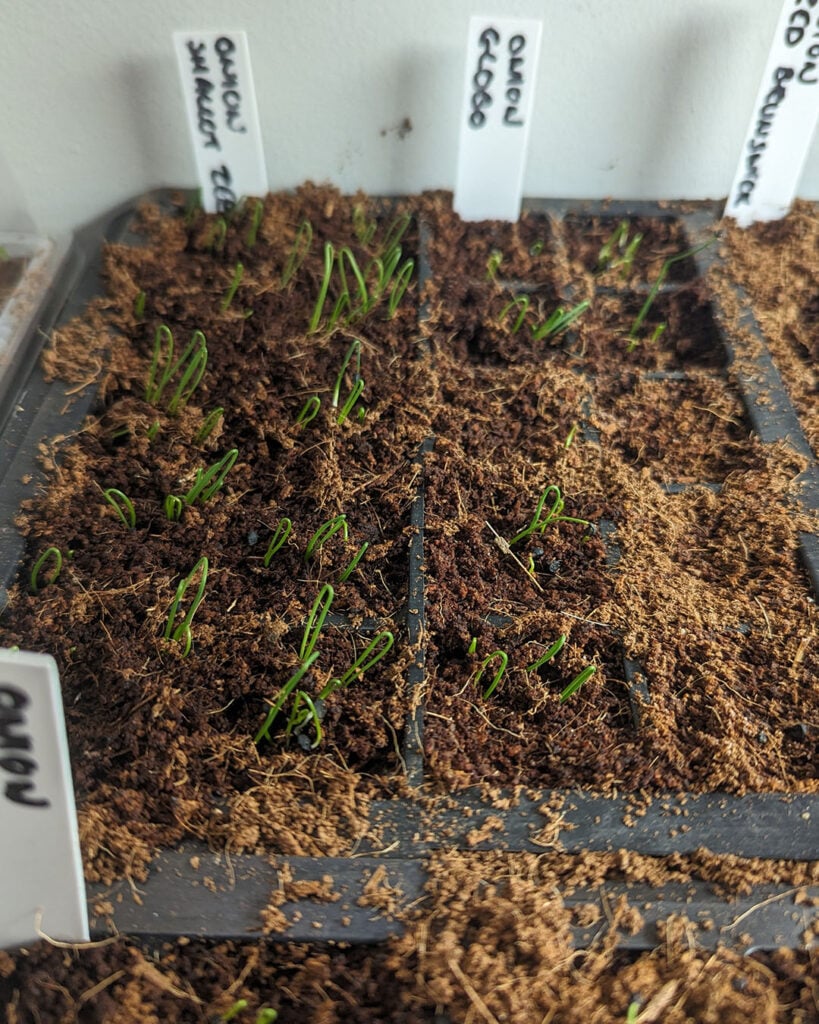
I like to begin hardening my onions off when the worst of the winter weather is behind us. They are tough plants and can be quite happy in a greenhouse in late winter before going into the ground in spring.


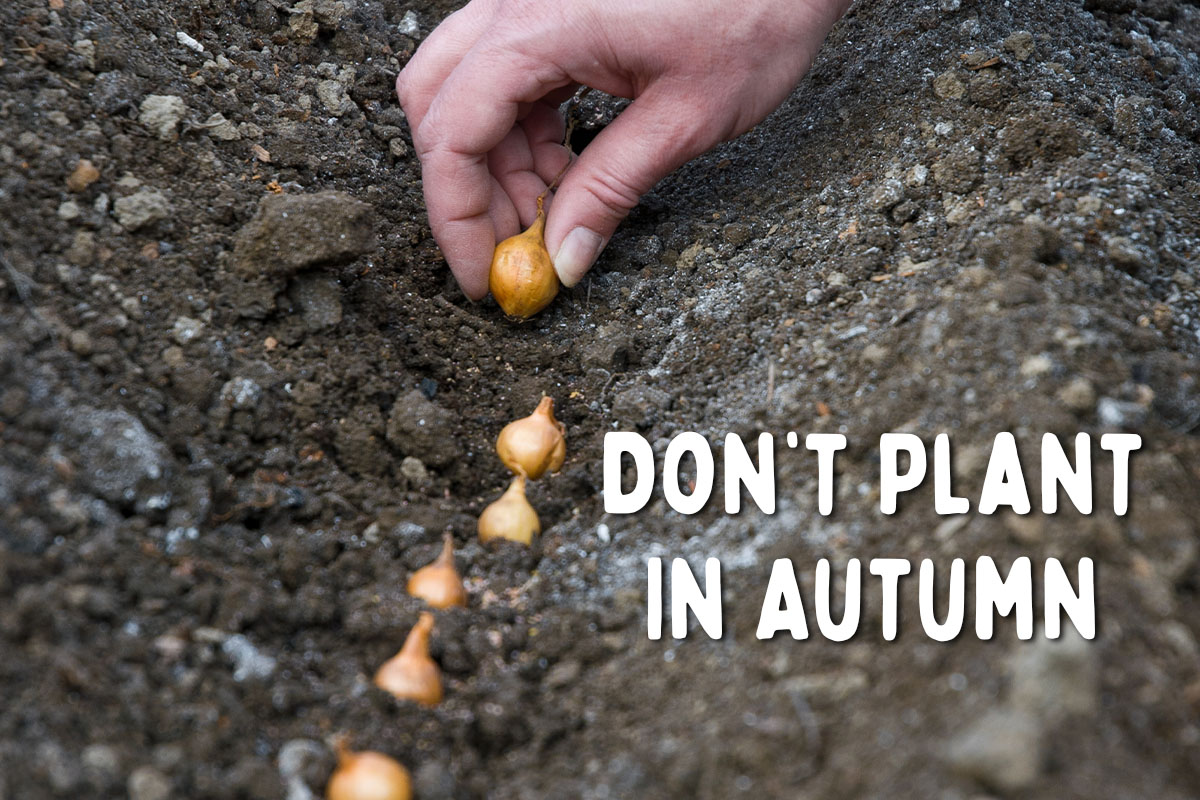


Leave a Reply